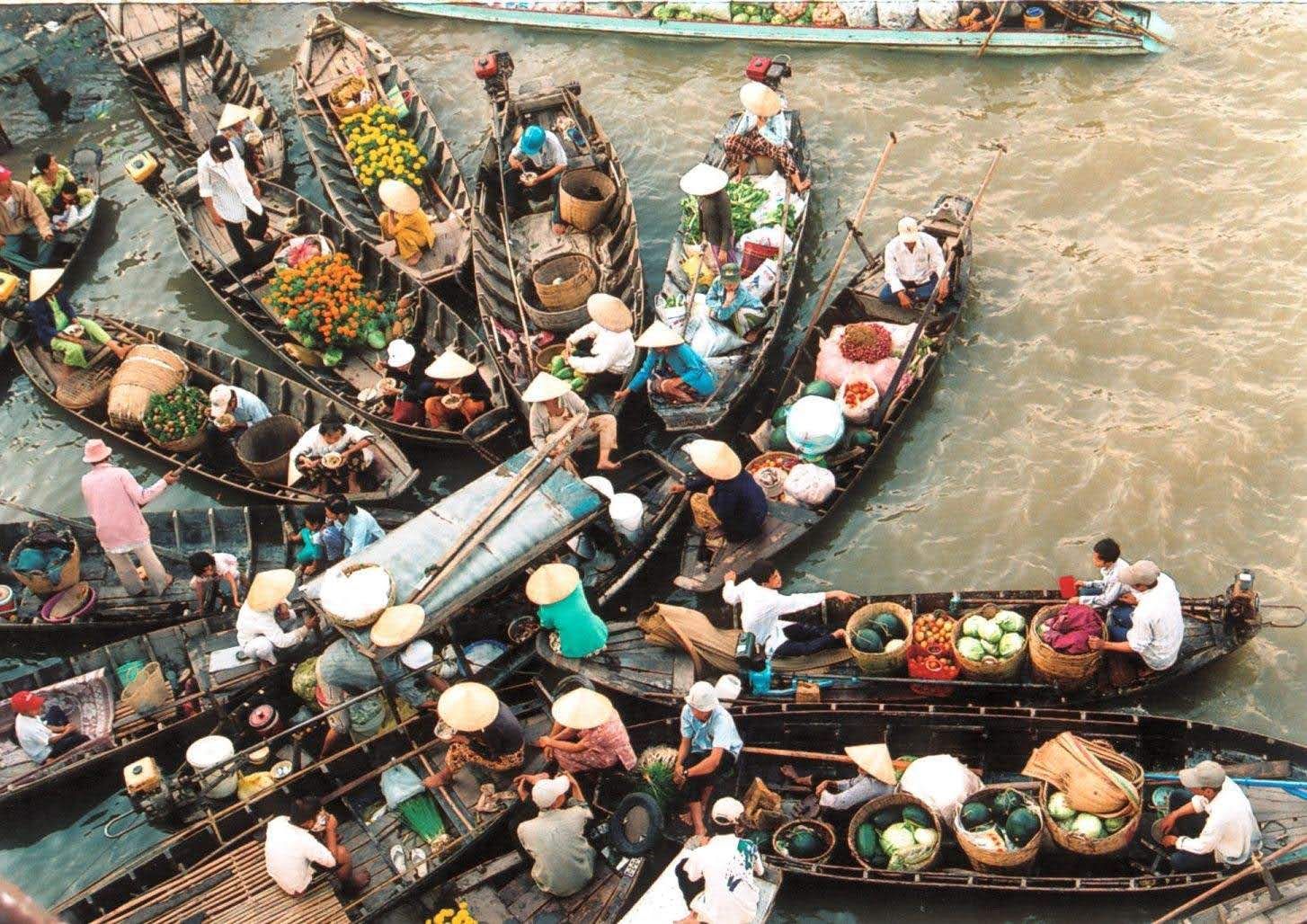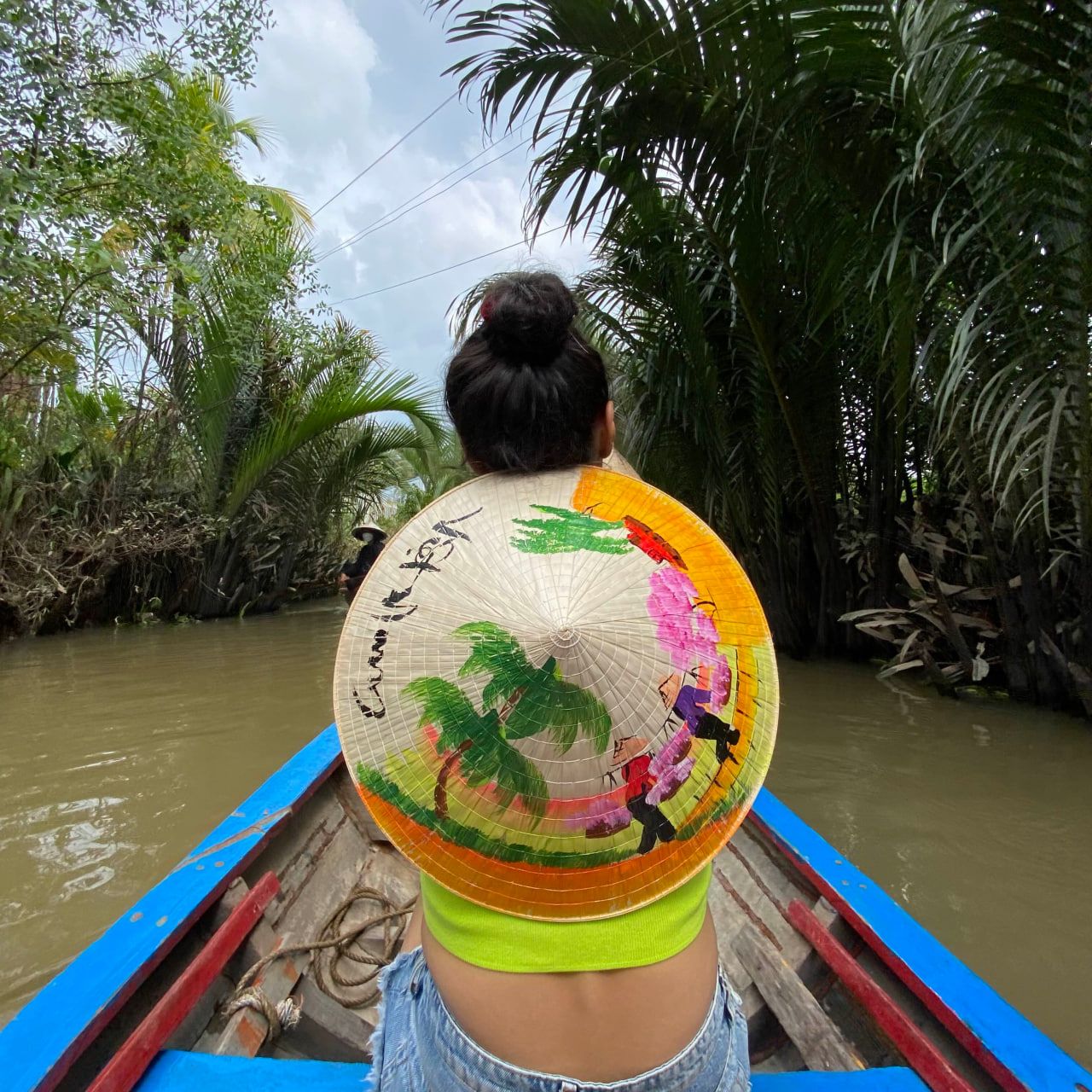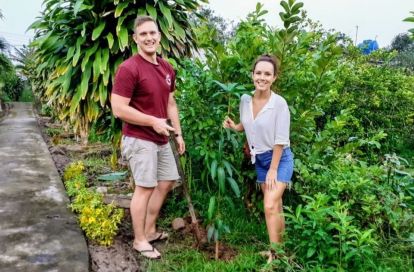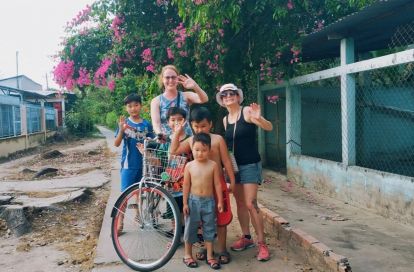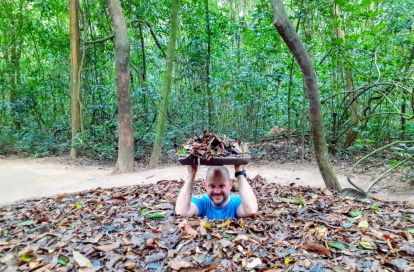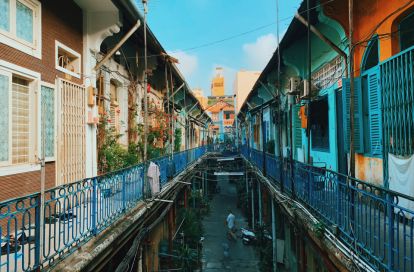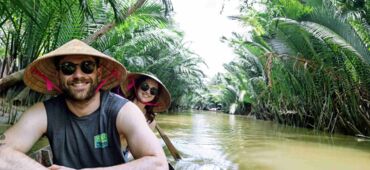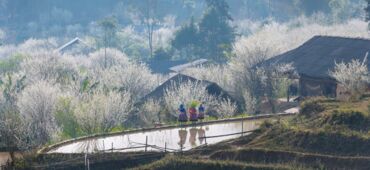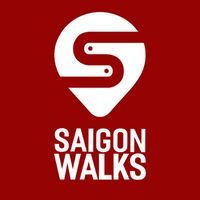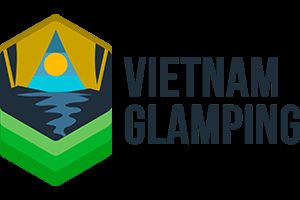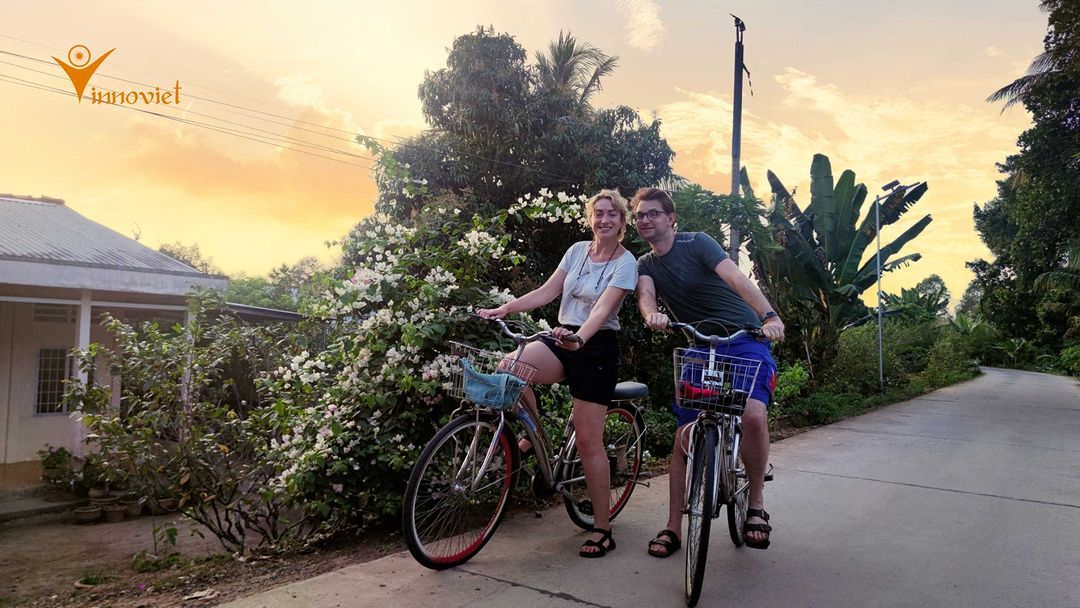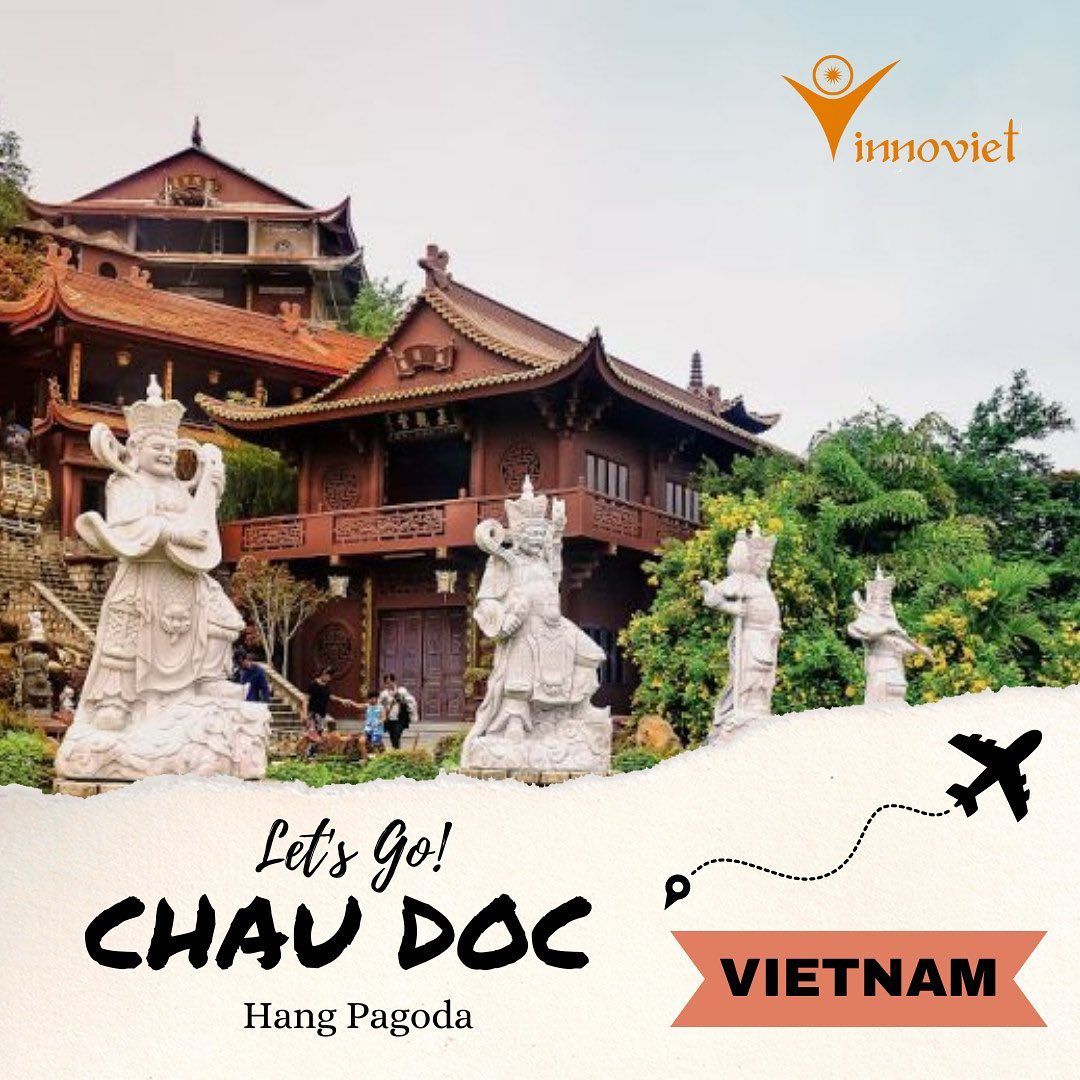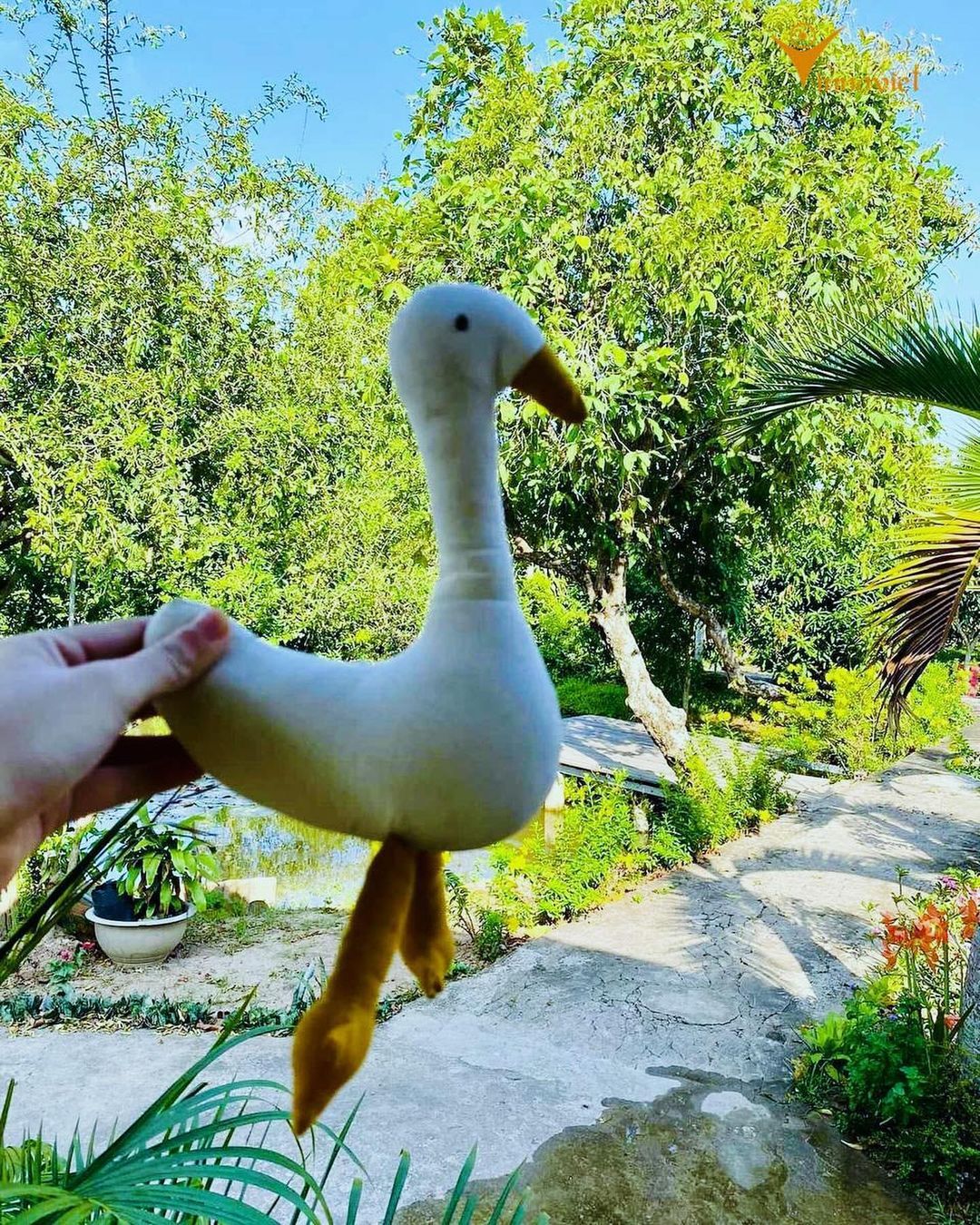Cai Be Floating Market, located along the Tien Giang River branch in Tien Giang province, is one of the busiest floating markets in the Mekong Delta region. This place not only attracts tourists by the simple and peaceful atmosphere of the river region but also by the unique cultural beauty, expressed through bustling trading activities on the river.
Every things you need to know before visit Cai be floating market
History of Cai Be Floating Market in the Mekong Delta
Cai Be Floating Market has deep historical roots that trace back to the late 17th century when settlers from the central regions of Vietnam moved to this area. They established the market as a key trading hub amidst the dense jungles and intricate river systems, relying on boats and waterways as their primary means of transport.
Some historians believe that the market's origins are tied to the Nguyen Dynasty in the 19th century. Regardless of its precise beginnings, Cai Be Floating Market has evolved into an essential part of daily life in the Mekong Delta, showcasing the resilience and adaptability of the local communities. Over the centuries, it has maintained its cultural significance, drawing visitors from around the world who come to experience its lively atmosphere, rich history, and unique way of life on the river.
Best time to visit:
Peek into the daily rhythms of the Mekong Delta through captivating photos of Cai Be Floating Market
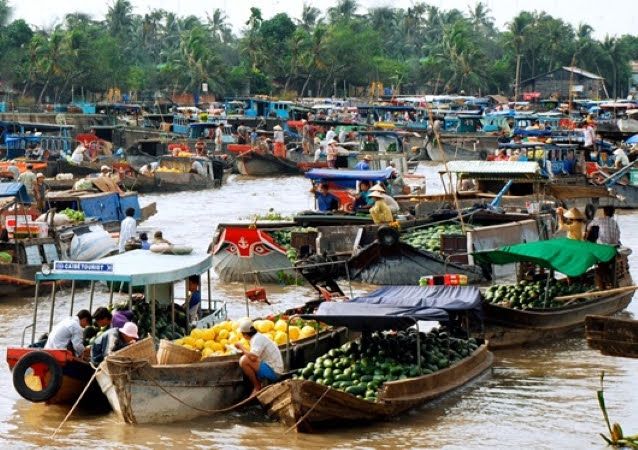
Source: Pexels
The best time to visit Cai Be Floating Market is early in the morning, from around 5:00 AM to 7:00 AM. During these hours, the market is at its most vibrant, with local vendors actively trading fresh produce, fruits, and other goods. The early morning light creates a picturesque scene, and the cooler temperatures make for a more comfortable experience. By arriving early, you'll also have the chance to witness the authentic daily life of the Mekong Delta residents, as they conduct their business on the bustling waterways.
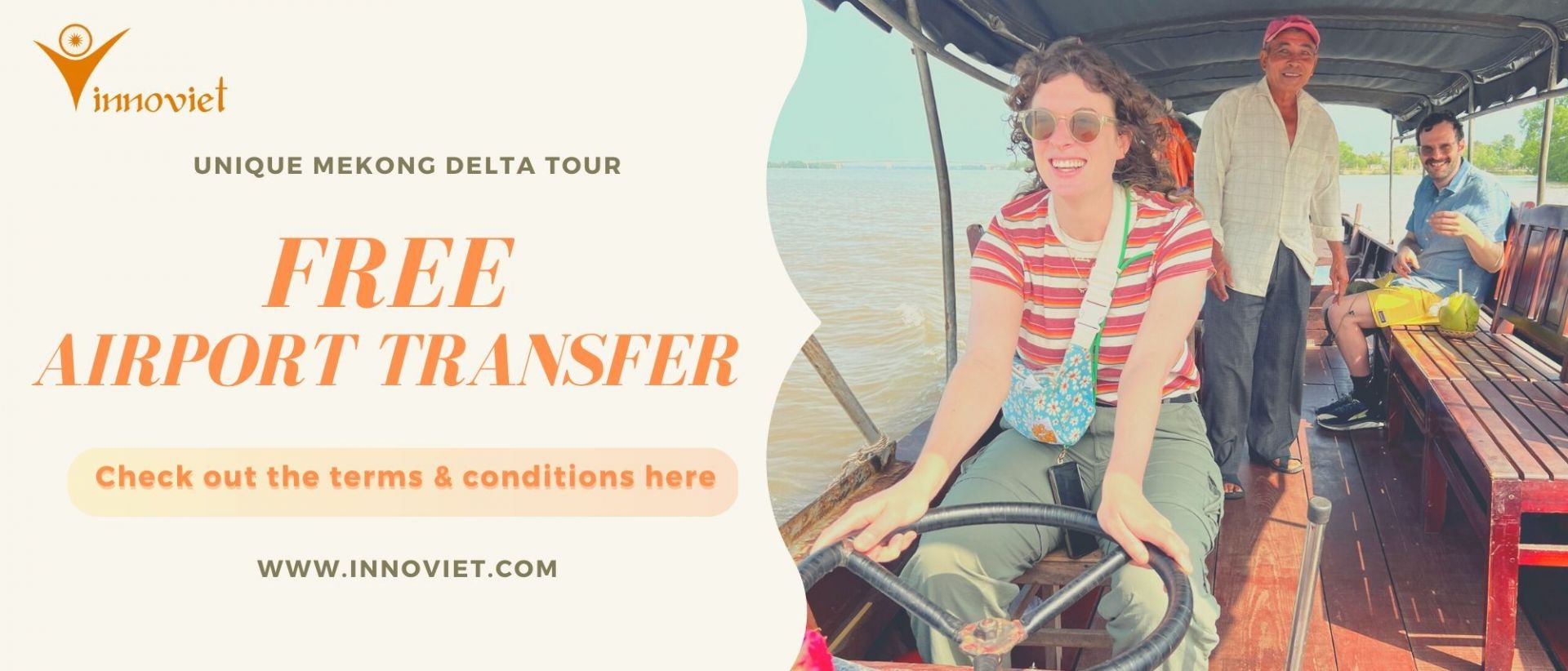
How to Get to Cai Be Floating Market:
- Motorbike or Car: Traveling to Cai Be Floating Market by motorbike will be a unique experience, offering visitors many unforgettable memories. The journey is nearly 80 kilometers long. You can start by heading down Kinh Duong Vuong Street to National Highway 1A, then continue onto Vo Van Kiet Street. Next, turn onto Provincial Road 875 and follow it to Trung Nu Vuong Street. After traveling a bit further, you will arrive at Cai Be Floating Market.
- Plane: For travelers from the northern or central regions of Vietnam, flying to Tan Son Nhat International Airport in Ho Chi Minh City or Can Tho Airport is convenient. From there, visitors can arrange ground transportation to reach the market.
- Bus: Public and tourist buses are available from various locations, including Ho Chi Minh City, Can Tho, and other nearby cities. These buses, equipped with amenities, provide a convenient and affordable option for visitors.
What Makes Cai Be Floating Market So Enchanting?
Cai Be Floating Market isn't just another market; it's a vibrant tapestry woven with fresh produce, local life, and scenic beauty. Here's what makes it truly special:
Filling your stomach with local food & fruits:
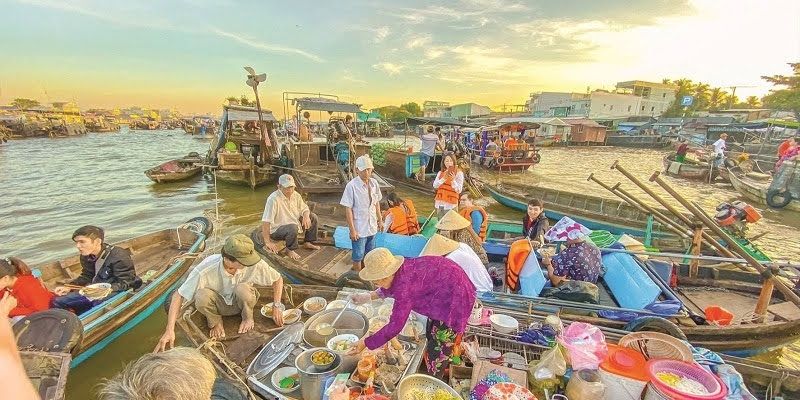
Slow-travel: Variety of products and dishes in Cai Be Floating Market
Source: dulichkhampha24h
The trading boats begin gathering as early as 3 AM for wholesale activities. The first task of the day involves transporting fruits and vegetables from the nearby orchards and arranging them attractively. You’ll see meticulously arranged piles of tropical fruits and vegetables in a variety of colors. Each boat specializes in a few types of produce, which they display on a tall wooden pole—a distinctive symbol of southern floating markets. This pole, known as a “beo” in Vietnamese, indicates what goods are available on each boat.
Renting boat to visit Cai Be Floating market:
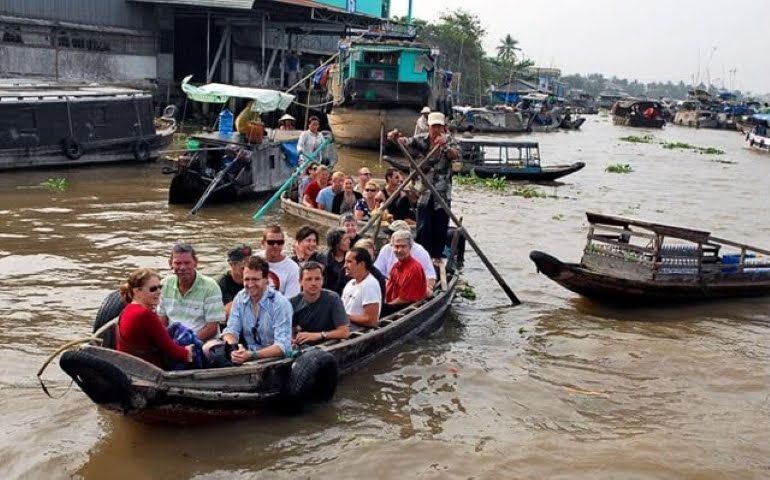
Off-the-beaten-path: Visitors rent a boat to visit Cai Be Floating Market
Source: Shutterstock
To explore this floating market area, you can rent a boat to visit Cai Be Floating Market with about 10 to 15 seats, priced around 500,000 to 800,000 Vietnamese Dong. Alternatively, for a more authentic experience, you can opt for a traditional sampan boat, deeply imbued with the essence of the Mekong Delta, at a more affordable rate of 150,000 to 200,000 Vietnamese Dong for 3 to 5 passengers. If you're interested in purchasing a comprehensive ticket to visit the floating market area, traditional villages, fruit orchards, and enjoy performances of traditional folk music,...
Insider Tips for Exploring Cai Be Floating Market:
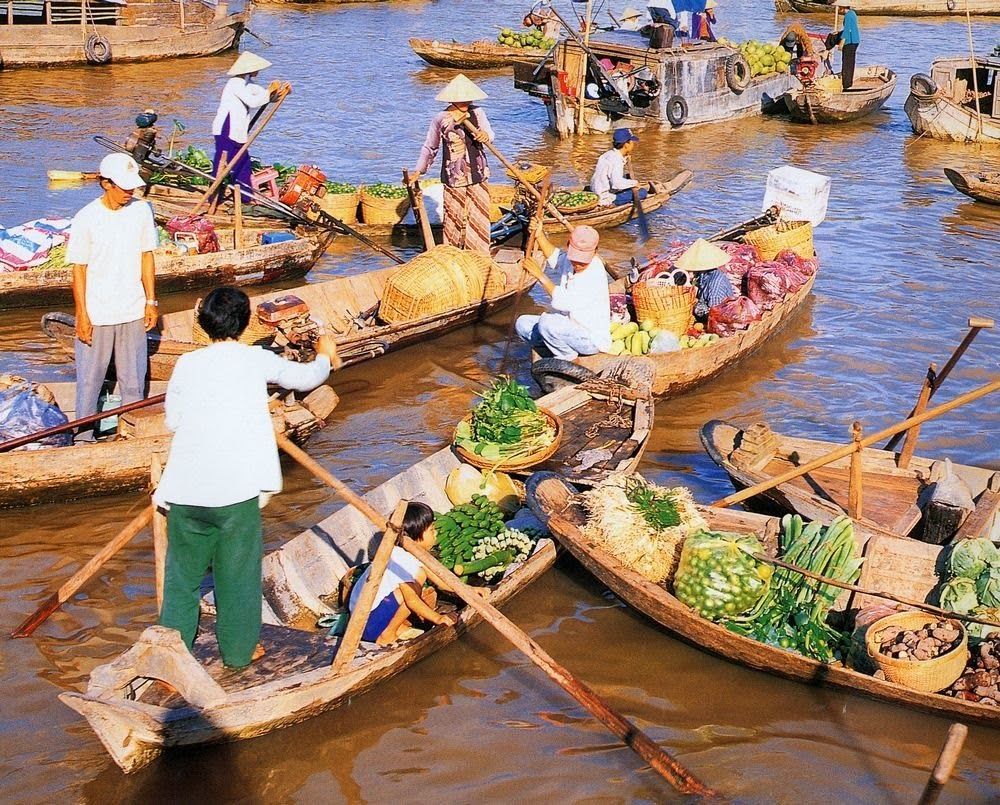
Cai Be Floating Market comes alive in the early morning
Source: Pexels
- Arrive Early: The market comes alive in the early hours of the morning, so aim to arrive before sunrise to experience the hustle and bustle at its peak.
- Local Guide: Consider hiring a local guide who can provide insights into the market's history, culture, and the stories behind the vendors and their products.
- Cash: Bring cash in small denominations as many vendors may not accept credit cards. Bargaining is common, so be prepared to haggle for the best prices.
- Camera: Don't forget your camera or smartphone to capture the vibrant colors, unique scenes, and friendly faces at the market. Just be respectful and ask for permission before taking photos of people.
- Sample Local Delicacies: Take the opportunity to taste local specialties such as fresh tropical fruits, coconut candies, and Vietnamese coffee. Follow your nose and try dishes cooked on the spot for an authentic culinary experience.
- Explore Surrounding Areas: Extend your visit by exploring nearby attractions such as traditional villages, fruit orchards, and temples. Rent a bicycle or motorbike to venture further and discover hidden gems off the beaten path.
- Respect Local Customs: Remember to dress modestly and be respectful of local customs and traditions. Keep noise levels down, especially in residential areas, and dispose of trash responsibly to help preserve the beauty of the environment.
By following these travel tips, you'll be well-prepared to make the most of your visit to Cai Be Floating Market and create lasting memories of this unique cultural experience in the heart of the Mekong Delta.

At Innoviet Travel, we celebrate the art of slow travel. Our expert guides ensure you see beyond the surface, crafting memories that linger long after your journey. Imagine gliding down tranquil canals, weaving through emerald rice paddies by bike, or immersing yourself in the vibrant culture of a floating market. The Mekong Delta awaits, revealing its tranquil rhythms to those who seek them.

